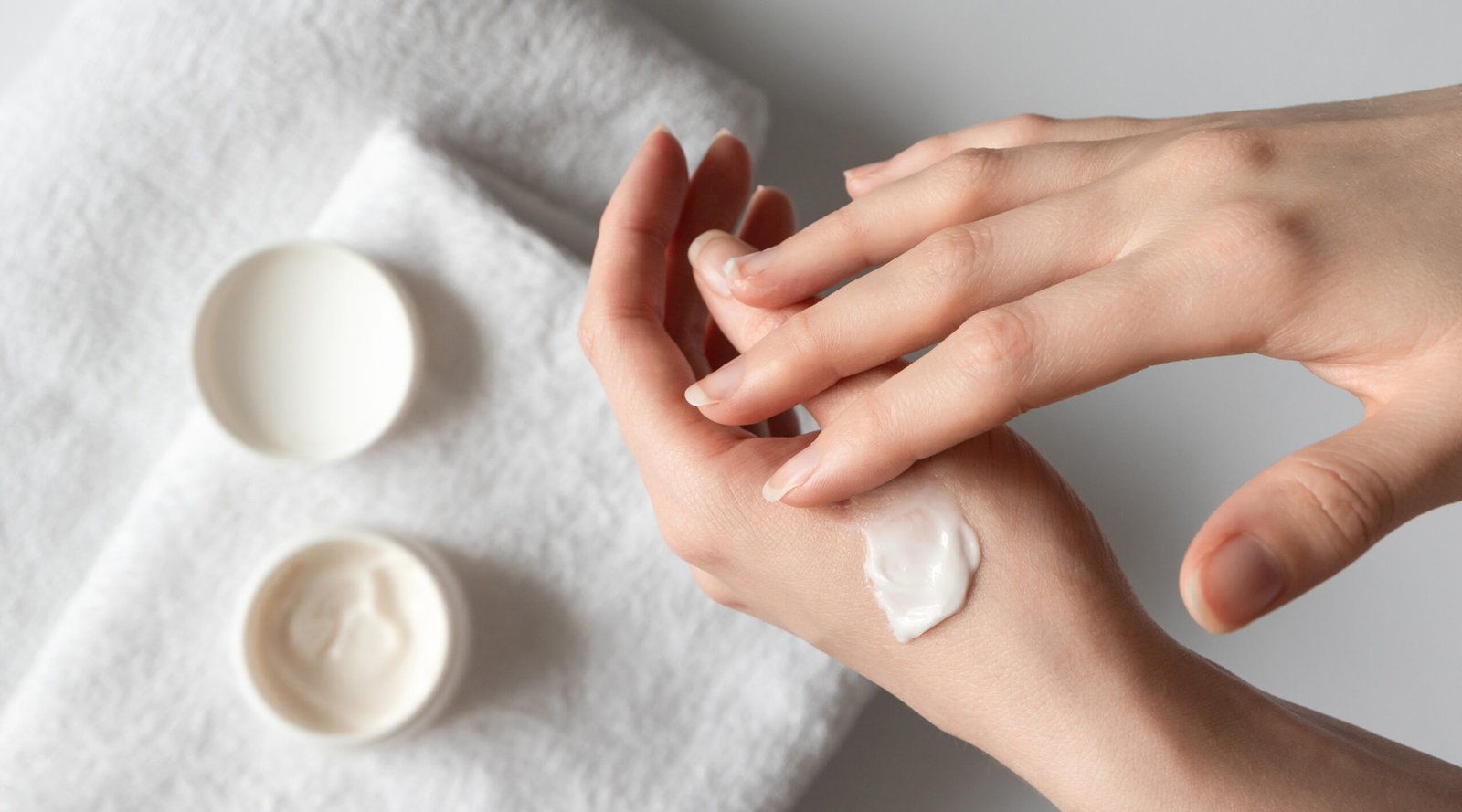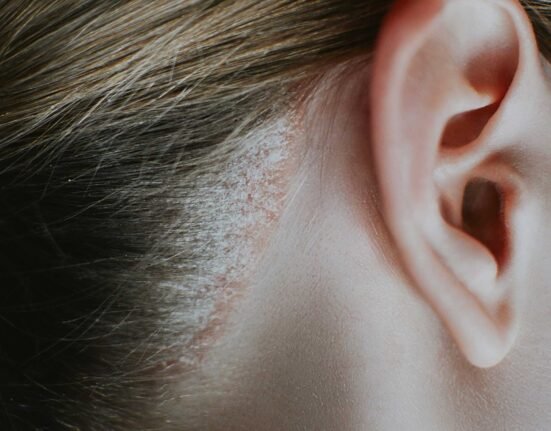Living with diabetes often means managing a long checklist—monitoring blood sugar, sticking to a meal plan, exercising regularly, and managing stress. So it’s no surprise that skincare can feel like a low priority.
But here’s the truth: taking care of your skin matters—and it can help you manage diabetes more effectively.
Healthy skin reduces your risk of complications such as infections, open wounds, and slow-healing ulcers, which are common concerns for people with diabetes.
One key step in skincare is choosing the right products, especially for combating dry skin.
Excessive dryness can lead to itching, and constant scratching may cause breaks in the skin that invite infection.
Start with the basics: a gentle moisturizing body wash, a lotion designed for hands and feet, and an anti-itch cream.
Use them consistently to keep your skin hydrated, comfortable, and less prone to irritation.
Look for ingredients like ceramides and urea. Ceramides help repair the skin’s natural barrier and lock in moisture.
Urea softens rough, dry patches, which are especially common among people with diabetes.
But be cautious—not all ingredients are skin-friendly. Avoid products containing parabens, sodium lauryl sulfate (SLS), alcohol, or artificial fragrance, as these can dry out or irritate your skin.
Skincare Tips to Manage and Prevent Skin Changes

Diabetes can lead to various skin issues, including dryness, cracking, and slow-healing wounds. But with a consistent skincare routine, many of these problems can be managed or prevented.
1. Moisturize Daily
Keeping your skin moisturized is essential. Dry, cracked skin can create an entry point for bacteria, allowing them to infect the area.
Use creams or ointments with ceramides. They’re more effective than regular lotions for healing and preventing cracks. Apply after bathing or whenever your skin feels dry or itchy.
2. Don’t Ignore Dry, Cracked Heels
Cracked heels aren’t just a cosmetic issue—they can become serious if left untreated. Moisturize your feet regularly, especially the heels, to prevent open wounds and infection.
3. Use Gentle Cleansers
Harsh soaps can strip the skin’s natural oils, exacerbating dryness. Choose mild cleansers, especially those formulated for people with diabetes, to help soothe and hydrate sensitive skin.
4. Bathe with Warm Water
Hot water can deplete your skin’s natural moisture, leaving it tight and dry. Use warm water and limit your bath or shower time to avoid irritation.
5. Carefully Dry Skin Folds
After bathing or swimming, gently dry areas like between your toes, underarms, and skin folds. Moist environments encourage the growth of fungi and bacteria.
6. Check Your Feet Daily
Take a moment each day to examine your feet. Look for signs of swelling, discoloration, scratches, blisters, or open sores.
Clean even the most minor wounds with soap and water and cover with a sterile bandage.
7. Trim Toenails Regularly
Long toenails can cut into the skin or cause infection if they lift or break. Trim them straight across and avoid cutting too short.
If you have trouble trimming your nails, consider seeing a podiatrist.
Dry Skin: The Most Common Skin Issue in Diabetes
Among all skin concerns in people with diabetes, dry skin is the most common. It often appears as peeling, rough patches, reduced elasticity, or thickened skin, especially on the hands, feet, or soles.
That’s why a consistent skincare routine is more than self-care. It’s an essential part of your diabetes management.
Healthy, hydrated skin not only feels better, but it also helps protect you from more serious complications down the line.
References
American Academy of Dermatology. Accessed in 2025. Dermatologist-recommended skin care for people with diabetes.
Healthy Kaiser Permanente. Accessed in 2025. Caring for Your Skin When You Have Diabetes.
WebMD. Accessed in 2025. Diabetes Skin Care.














Leave feedback about this